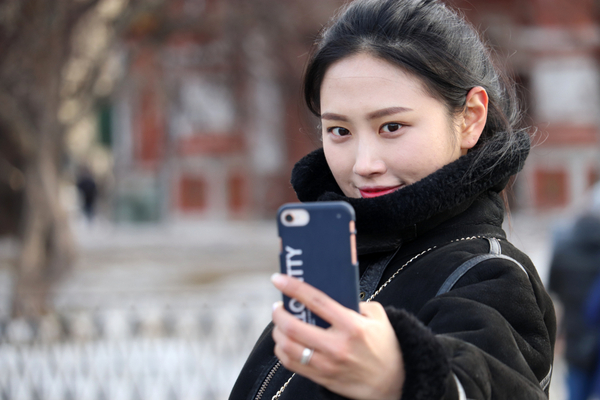All of this year’s iPhones could come with upgraded selfie cameras, potentially offering better performance in low light conditions. The details come from a report out today by Ming-Chi Kuo, a reliable Apple analyst at TF International Securities, published in MacRumors.
Apple will move from using a 7-megapixel selfie camera to a 12-megapixel selfie camera, without reducing the size of the pixels, according to the report. That would bring the megapixel count in line with the cameras on the rear of the phone. Kuo also sees Apple adding a slightly faster lens on the front, all of which should help with low-light performance. The report also says that Apple will use a black coating on some of the new phones’ lenses to help them blend in with the outside of the device. This isn’t a new idea — Samsung already does this with some front cameras to hide them within the bezel. It doesn’t make the lenses entirely invisible, but it makes their appearance look a bit neater on casual observation.
In addition to the selfie camera upgrades, all iPhone models are expected to get rear camera upgrades, too. The next version of Apple’s iPhone XR is said to include dual cameras on the back (adding a telephoto lens), which would be the first time Apple has put two rear cameras on its new entry-level iPhone model. The Wall Street Journal reported the possibility of a dual-camera upgrade, too. Kuo also predicts larger pixels on the standard wide-angle rear camera, which could offer better low-light performance, too.
Kuo reiterates that this year’s biggest camera upgrade for the iPhone is expected to come on the successors to the XS and XS Max. Those models are predicted to get a third camera, a super wide angle, to help them stand out. Many of this year’s flagship phones have included triple-camera systems on the back. Huawei even upped the ante with an additional time-of-flight (ToF) sensor on the back to better detect depth for portrait mode shots.
All of those extra lenses add some significant capabilities to these phones, but the real race is what each company can do to process their images. Huawei has delivered some exceptional low-light photos, digital zoom, and improved portrait mode blur. So while the iPhones’ new lenses will be a big deal regardless, what Apple shows it can actually do with them will be what counts.
—
Photo Credit: Oleg Elkov / Shutterstock.com
